Hello Neighbor comes to VR and it's downright creepy
Is Mr. Peterson the bad guy we all assume? 5 kids are about to find out.
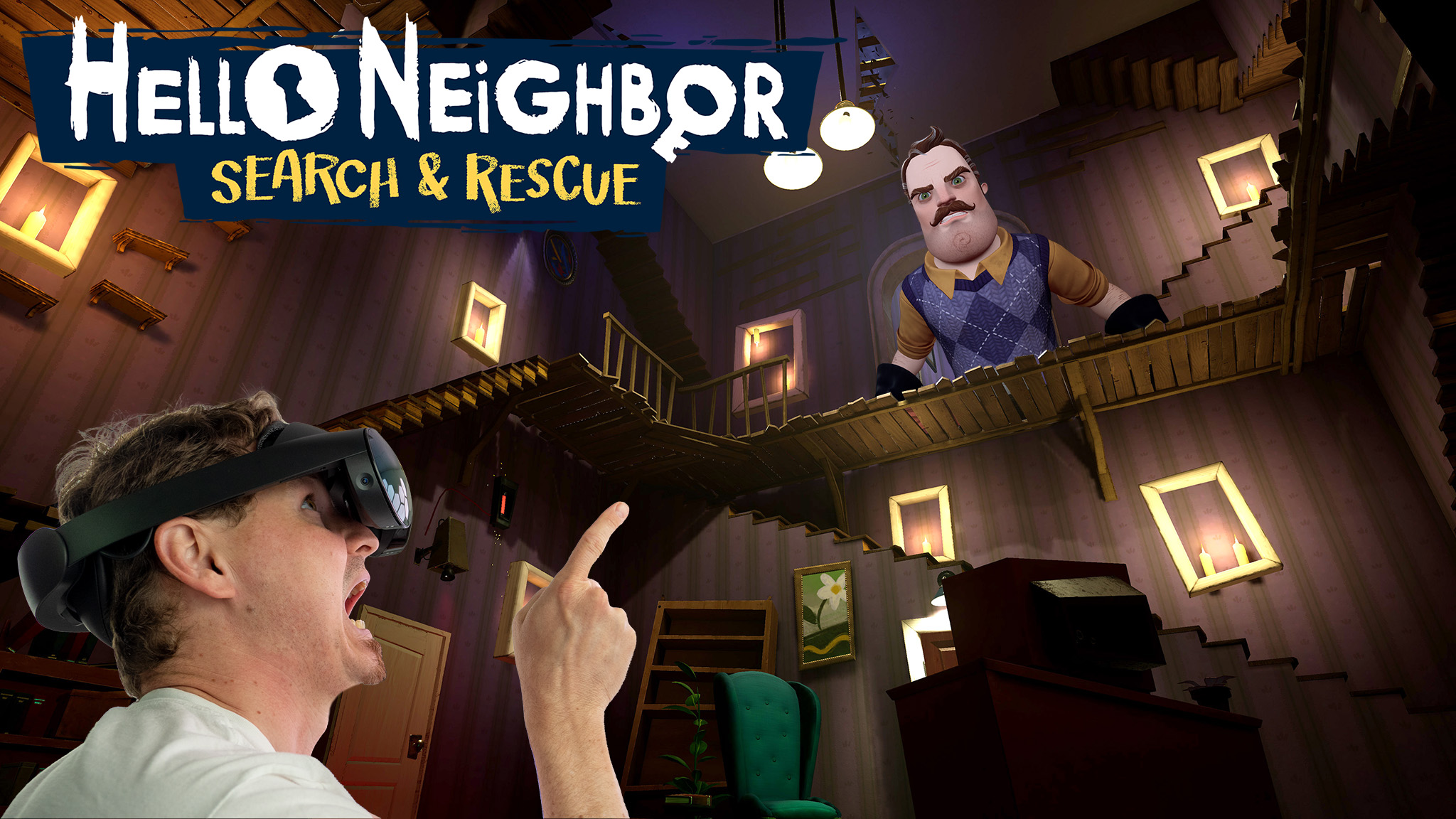
When I first heard that the developers of Five Nights at Freddy's VR were making a VR entry into the Hello Neighbor series, I was ecstatic. FNAF: Help Wanted is one of the best Quest games and is overwhelmingly a fan favorite with thousands of stellar reviews on the Quest and Steam stores.
And the Hello Neighbor series couldn't be better destined for VR, as this stealth series is played entirely from the first person and encourages environmental inspection and interaction.
The game has a few performance hiccups on Quest 2 and the puzzles and traps could be a little more open-ended but, for the most part, Steel Wool Games absolutely delivered on the promise of Hello Neighbor in VR. It takes the series' trademark mechanics and looks and melds them almost perfectly in VR, and it's an absolute blast to play.
Hello Neighbor: Search & Rescue is available on Quest, PSVR 2, and Steam VR for $29.99. Android Central was provided a review key for the Meta Quest version of the game.
Hello Neighbor: Search & Rescue
Take control of five kids, switching between each in real-time to solve puzzles and delve deeper into the trap-ridden home of Mr. Peterson to find your missing friend. Will you uncover the secrets in the basement, or will you get caught?
Buy at Quest Store | PlayStation Store | Steam
Finding your friend
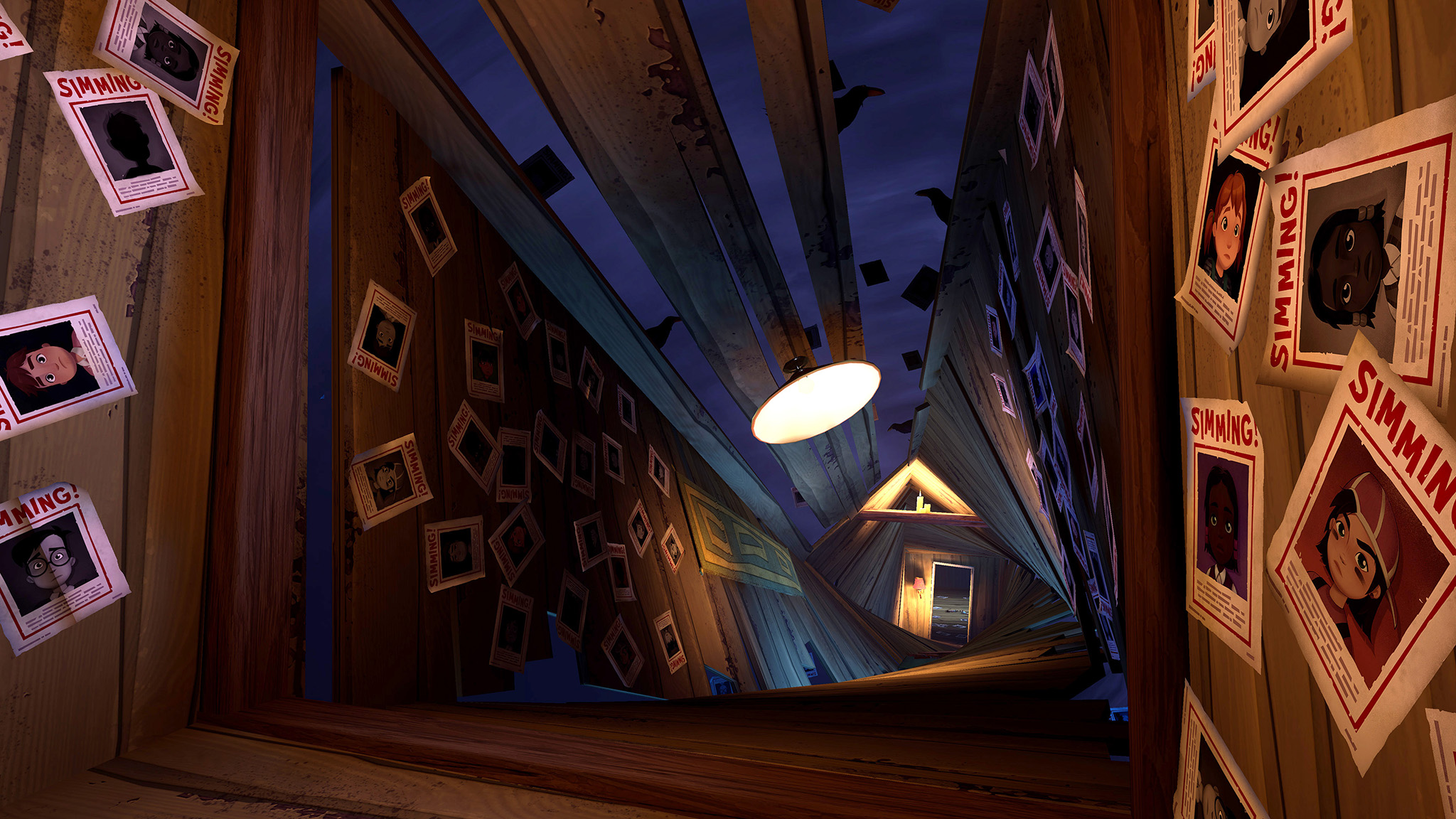
The story in Hello Neighbor: Search and Rescue for the Quest and PSVR 2 revolves around a missing boy. Five neighborhood friends band together in search of their friend and, as it seems, the creepy neighbor, Mr. Peterson, is behind the disappearance.
In the game, you'll switch between each kid in real-time using a walkie-talkie. Each kid is in a different part of the house and each one has their own tool for solving puzzles scattered around the house. One kid has a slingshot while another has a bat, another kid has a magnifying glass, and the fourth has a flashlight.
You'll pass each other keys, crowbars, hammers, PIN codes, and other things to unlock doors and safes as you explore Mr. Peterson's house. You'll knock down dilapidated walls — there are an awful lot of these — and find mysterious clues as you solve the riddles hidden within the house.
Be an expert in 5 minutes
Get the latest news from Android Central, your trusted companion in the world of Android
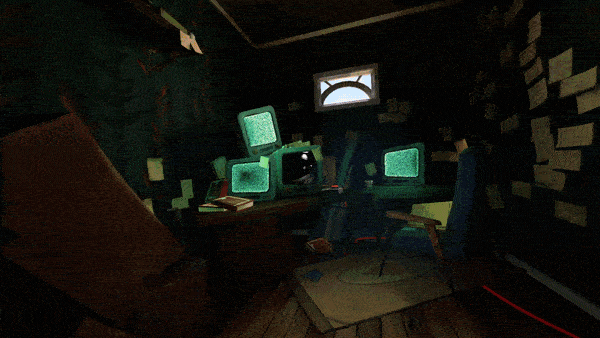
But, beware, because Mr. Peterson is in the house, too. To get around him, you'll not only need patience, but you'll also need to use all manner of diversions and traps to keep him occupied while switching between kids to get into the creep's basement.
Despite the implications of the story, the game itself is surprisingly family-friendly.
Despite the implications of the story, the game itself is surprisingly family-friendly. There's no language or violence beyond some cartoony action. While Mr. Peterson is extremely ominous in VR — especially since you play as shorter kids — he only puts each kid back in a hiding closet when they get caught. It's basically an extremely elaborate game of hide-and-seek.
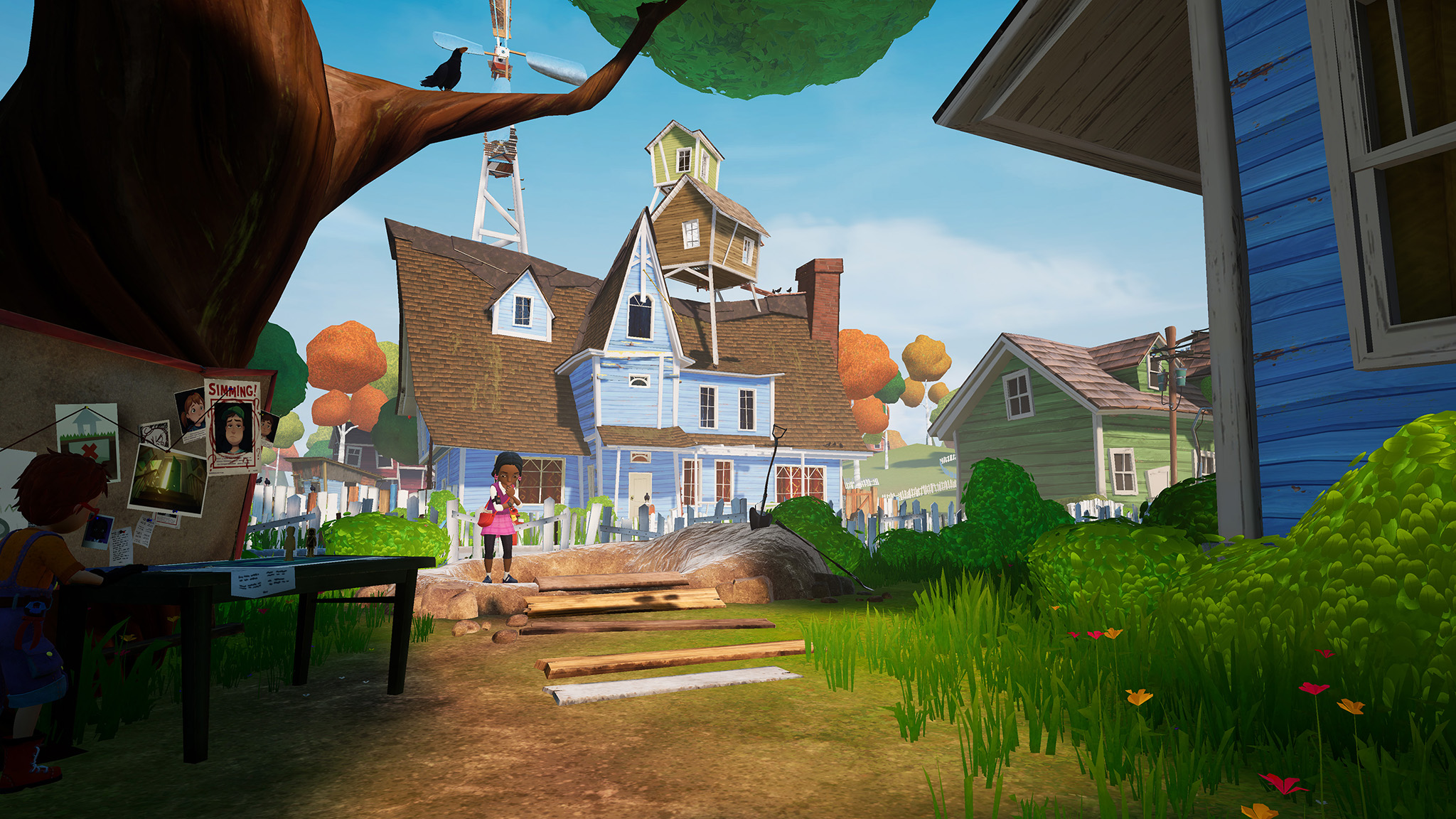
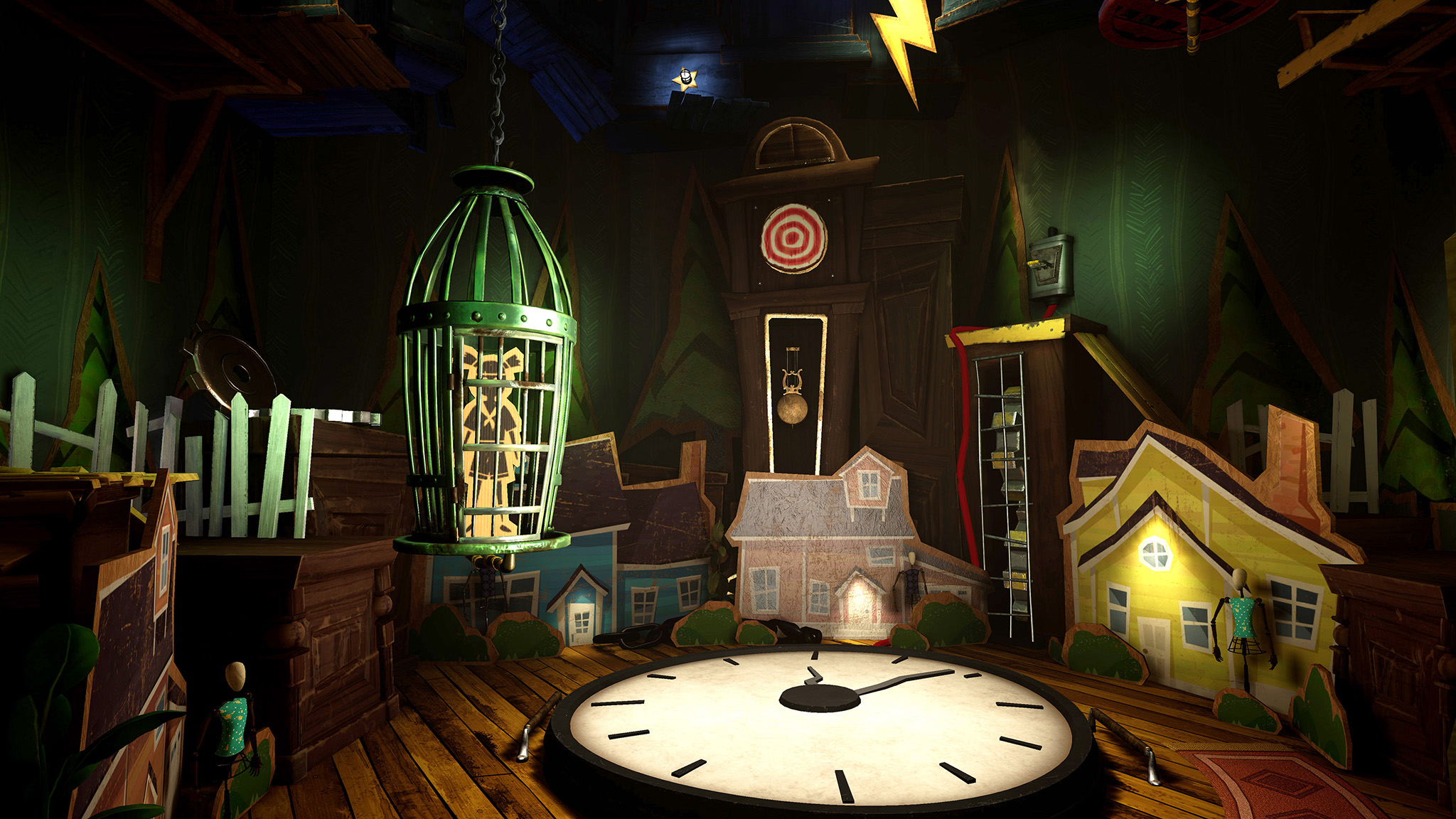
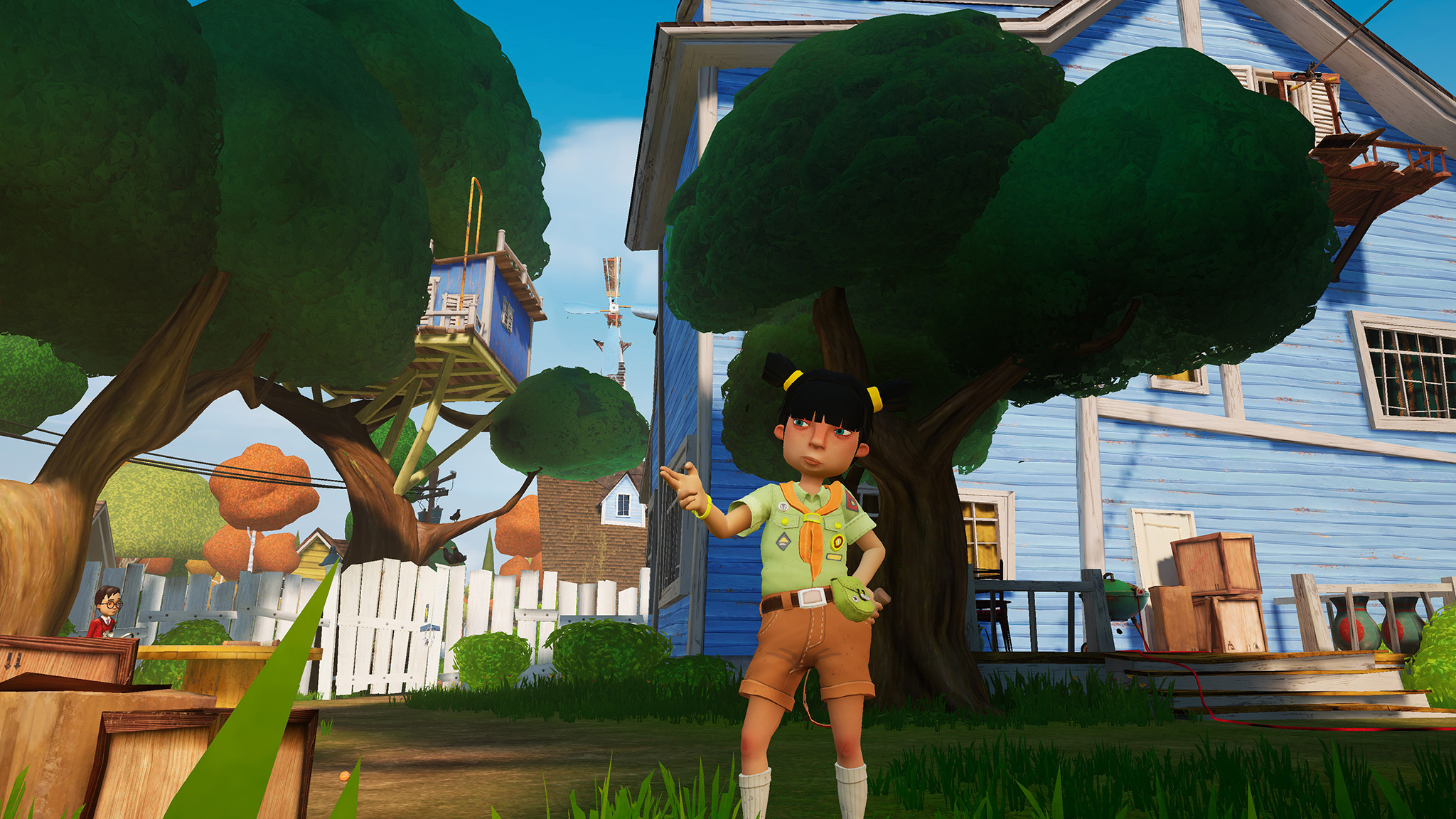
As you might imagine in a game such as this, there are plenty of objects to interact with in the house. Anything from picture frames to vases can be picked up and thrown to create a distraction, and the house is littered with closets that you can hide in.
If I had one complaint about the design, it's that I would have liked to see more traps that could be set up. The original game had bear traps you could lay down in the event of a chase, but I didn't find any usable ones in this VR version. Instead, it seemed like I was mainly supposed to hide in a closet if I heard him coming.
The VR version really shines thanks to its unique character-switching mechanics and the spatial awareness that you can only get in VR.
And that's really where the VR version really shines; being able to actually hear and understand where Peterson was at any given moment. As you make your way through the house, you'll hear him watching TV, taking a shower, making food in the kitchen, taking out the trash, or, otherwise, just slinking around the house looking for some pesky kids.
The exploration is non-linear — which means you can walk around the house at will instead of moving from point A to point B — so you can solve puzzles in any order your brain thinks makes sense. It took me around 5 hours to complete the game and find some of the secrets, and the developer says it'll likely take up to 6 hours to find everything.
Pushing the limits
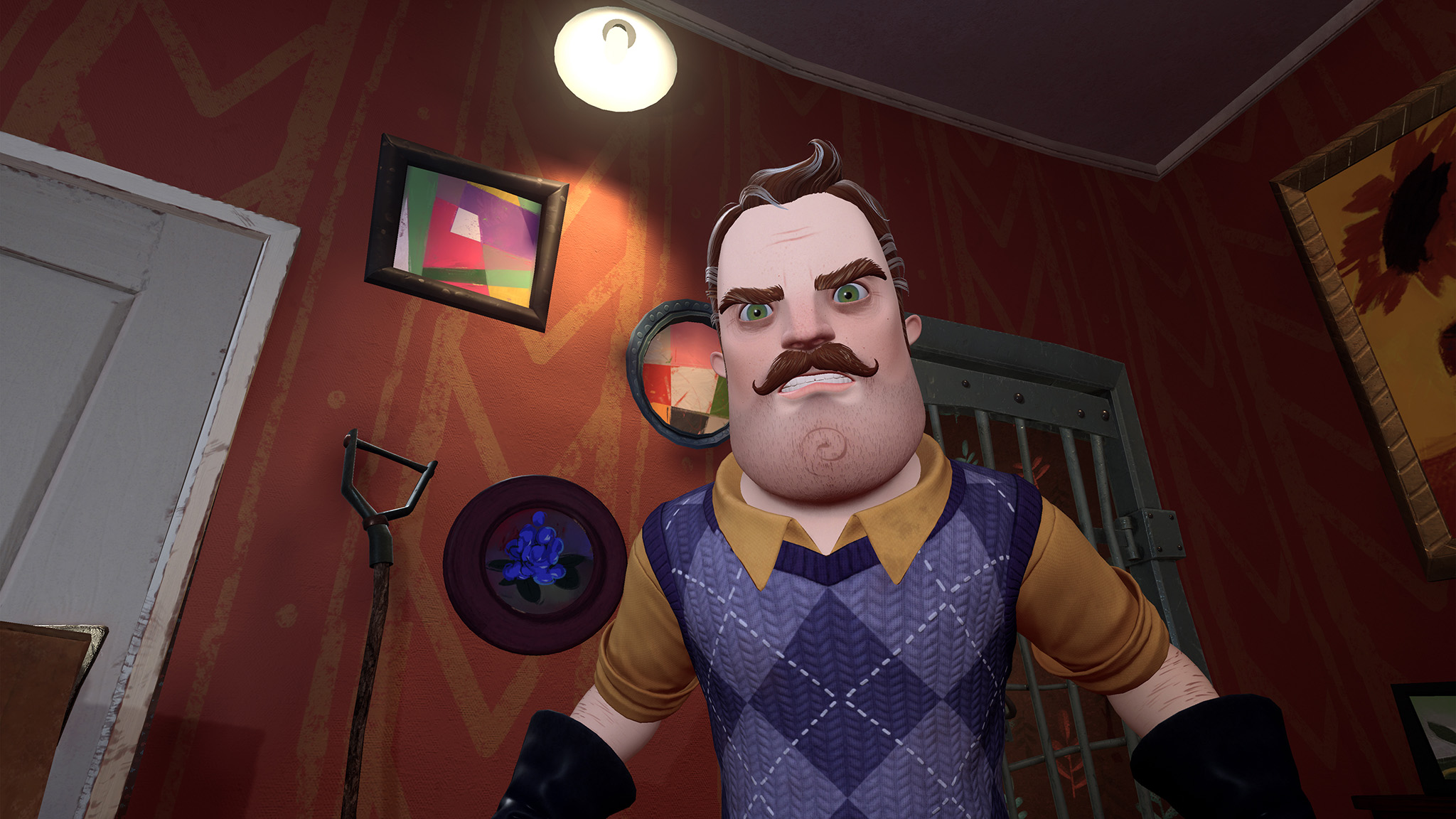
Hello Neighbor: Search and Rescue is a very good-looking game on Quest, although it's clearly pushing the technical limits of the system. Hello Neighbor uses a Meta technology called Application Space Warp — or ASW — that lets developers create nicer-looking games at the expense of some visual artifacts.
In short, ASW works by running the game at 36 FPS and then using AI to interpolate the frames so the game runs at 72 FPS. While this normally works just fine, there were enough times when the AI was clearly struggling to guess what I was going to do next and that resulted in some wonky physics interactions.
On Quest, the physics interactions are a little wonky and can sometimes be frustrating.
If you throw darts at the dart board in the treehouse, for example, they will sometimes lodge themselves halfway into the board and spaz out. Other times, I'd find my virtual hand getting stuck in a door, or other times where picking up things felt "slow."
Many of these weren't a big deal but I did find the physics frustrating when trying to use the crowbar to pry boards off windows and doors. The physics just weren't right and it was more annoying to use than fun.
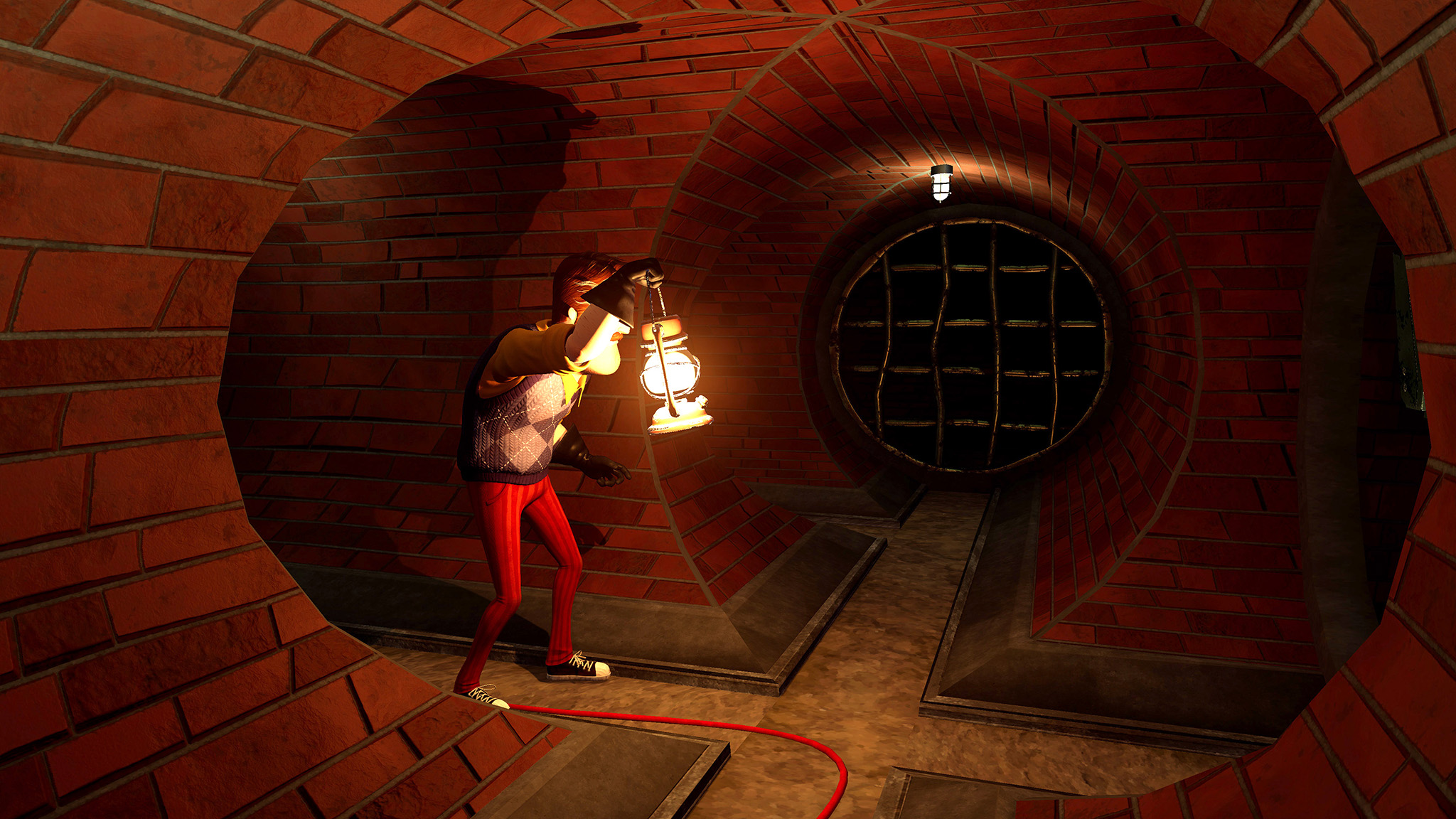
I could also see some people getting very uncomfortable when they inevitably get found by Mr. Peterson. Not only is it mentally a bit disturbing to have some creep grabbing a child, but the camera movement that occurs is a little jarring and oddly static feeling for a VR title.
Switching between characters in real-time was fun, and the puzzles always felt clever.
With that said, I really enjoyed the environment and the puzzles that need to be solved by switching between multiple characters. Even on Quest, switching between characters takes no more than a second or two where the screen fades to black and then immediately fades back in to change perspectives.
The puzzles themselves were very well designed and always required the use of spatial awareness — something VR games do better than traditional non-VR games thanks to the ability to naturally move and look around. Dropping keys through broken floorboards or passing a crowbar to another kid between holes in the wall was satisfying and felt clever.
Seeing a series as big as Hello Neighbor make its way to VR has been great and I thoroughly enjoyed the experience. There are plenty of secrets and collectibles to find, so be sure to keep an eye out while exploring the house.
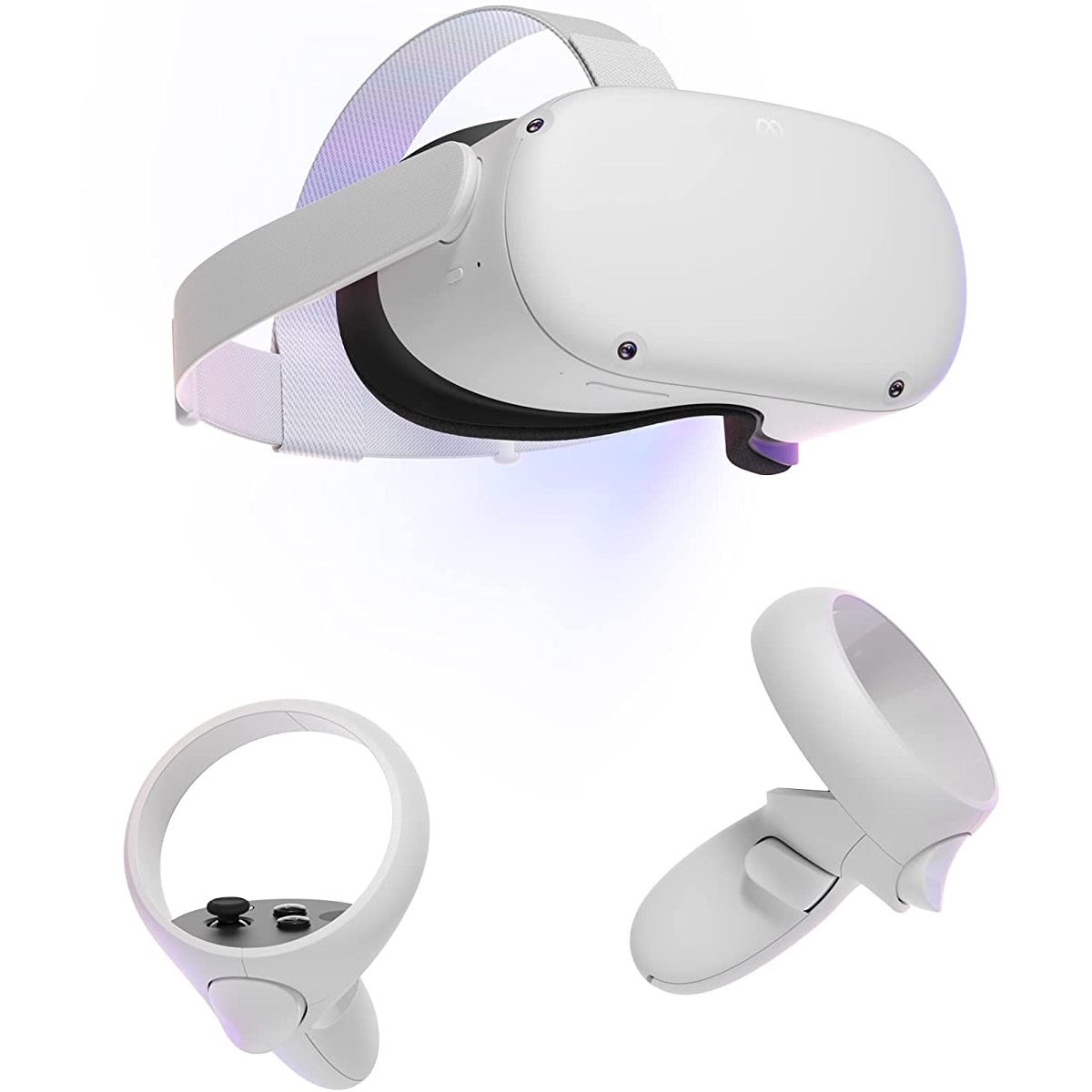
The Meta Quest 3 might be only a few months away, but the Quest 2 sells for a lot less than we're expecting that headset to debut at. Itching to check out the neighbor's house in VR? This is your best bet.


